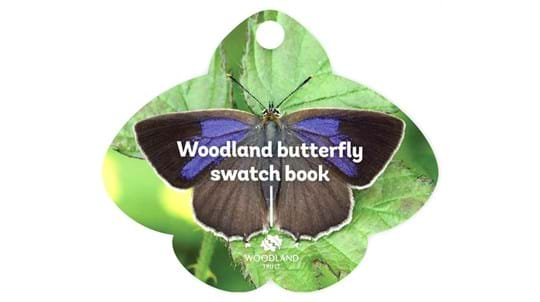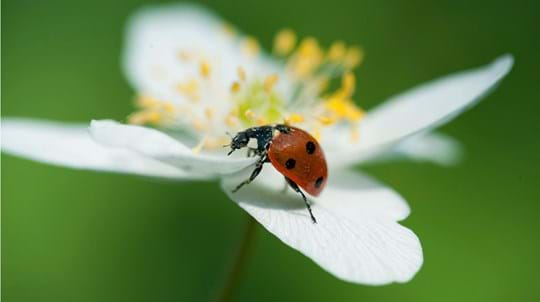
Credit: Sandra Standbridge / Alamy Stock Photo
How do comma butterflies breed?
Female comma butterflies mate with several males to fertilise their eggs. They are able to distinguish between males that have fed on high-quality and low-quality plants and will favour the former. The fertilised female lays her eggs on the leaves of stinging nettles and other larval food plants. The eggs hatch after around five days and the caterpillars will feed on the leaves before undergoing pupation.









